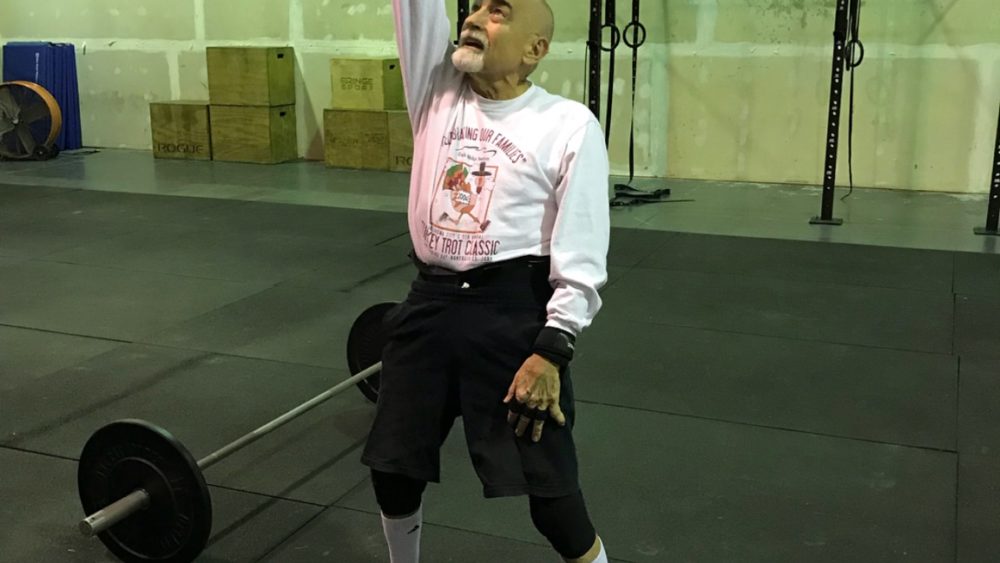
I’ve said on here before and out loud a million times over, I’m never going to try to force someone to do CrossFit or tell them they have to be doing it. I will invite people to come try a workout, but if they turn me down a couple times, I’ll just let it go. I’m not the type to try and pull teeth. Usually, the conversations I have on this topic end with someone telling me what their current exercise regimen is, which leads to me telling them that something is better than nothing. Today, I’m going to do the opposite and I’m going to backtrack my way by explaining how foods get stored and utilized in your body first.
If you’re regular readers of the blog, you should all be experts in this area by now, because I’ve referenced this stuff in pretty much every blog I’ve ever written. For the new folks in the room, let’s go over our three main sources of energy in foods: protein, carbs, and fat. Protein is anything that was or was going to be an animal. Carbs are anything from cereal, granola, pasta, rice, bread, fruits, vegetables, I mean you name it, it’s probably a carb. And finally, fats are anything that’s a nut, seed, avocado, or olive oil. Yes, there’s fat in animals that we count as protein, but not enough to be considered a source of both fat and protein so don’t worry about the fat in animal sources.
So, protein is the easy one. Protein gets utilized in the cell as an amino acid and your body uses amino acids to do a TON of stuff. Your skin, nails, hair, chemical reactions and of course repairing muscle tissue – all of this requires protein, and more specifically, both essential and non-essential amino acids that the cell recognizes and utilizes.
Carbohydrates are also pretty easy. This is just your best source of energy. Carbohydrates get utilized in the cell as glucose, and glucose is basically the main source of fuel for pretty much every organism on the planet. Your brain needs glucose to function (which is why you get headaches if you haven’t eaten). Glucose also supports some reactions in the cell and it helps power high intensity activity in the cytoplasm. Glucose, however, is toxic and if too much sits in your bloodstream, that’s not good. So, your body either stores it in your muscle tissue or fat tissue as a reserve to keep you safe. 🙂 I just felt like that statement required a smiley face. Moving on!
Fats are the tricky ones, but mostly because people immediately associate it with fat tissue, which is not quite the case. Fats in foods aren’t exactly what makes up your fat tissue. Now don’t get me wrong, if you eat too much of anything, you’re going to store that excess glucose floating around in your blood somewhere but fats in food actually aid in slowing down digestion. This is good because it basically slows down how fast glucose gets into your bloodstream. This keeps your insulin spikes (which we know are bad) at a minimum. Fats can also aid in your body’s absorption of fat-soluble vitamins. Vitamins A, D, E, and K require fat to be present in the intestines to be absorbed properly.
Now,that we’ve gotten all that out of the way, let’s get down to why CrossFit is better than regular exercise from a scientific standpoint. We covered how things get utilized in the body, but there’s a checklist your body needs to go through in order to ensure you function properly. That checklist is as follows:
-
Blood sugar. You have to have x amount of sugar in your blood to support brain function. No matter what you’re eating, you need to eat x amount of it throughout the day to ensure you don’t become hypoglycemic (too little sugar in the blood). This is probably the hardest thing for people in America to do, but all you need to know is that the first thing that happens when you eat is 50% of the glucose available in your blood goes straight to your brain.
-
Muscle Glycogen. Once your brain is satisfied and there’s still glucose floating around in your blood, your body will store that excess in your muscle tissue. Remember, too much glucose in your blood is toxic, so it can’t stay there. Your body’s first choice of reserve is muscle tissue.
-
Fat Tissue. Once your muscle has gotten it’s fix, the rest of that glucose, if there’s any left, will get stored as fat tissue, which is just another reserve. Your body wants to keep just the right amount of glucose in your blood and then store the rest of it.
Now, why CrossFit? Well, suppose you to go the gym and your main source of exercise is “cardio” or you typically just go for walks or long runs. Do you think you’re building any muscle tissue doing that? Nope, in fact, you’re doing quite the opposite. You’re tapping into whatever little muscle tissue you have to supply the energy needed to continue to do the extended bout of “cardio.” Now, you eat something, your brain takes 50% of that glucose, YOU HAVE ZERO MUSCLE, where do you think the rest of that excess glucose is getting stored? FAT TISSUE. You need to lift weights and do high intensity exercise in order to build that muscle tissue (once you replenish it with enough food and proper recovery) and burn through your fat tissue for those extended periods of activity. If you have no muscle tissue, your body has no second reserve to store that excess glucose. In short – do CrossFit.
